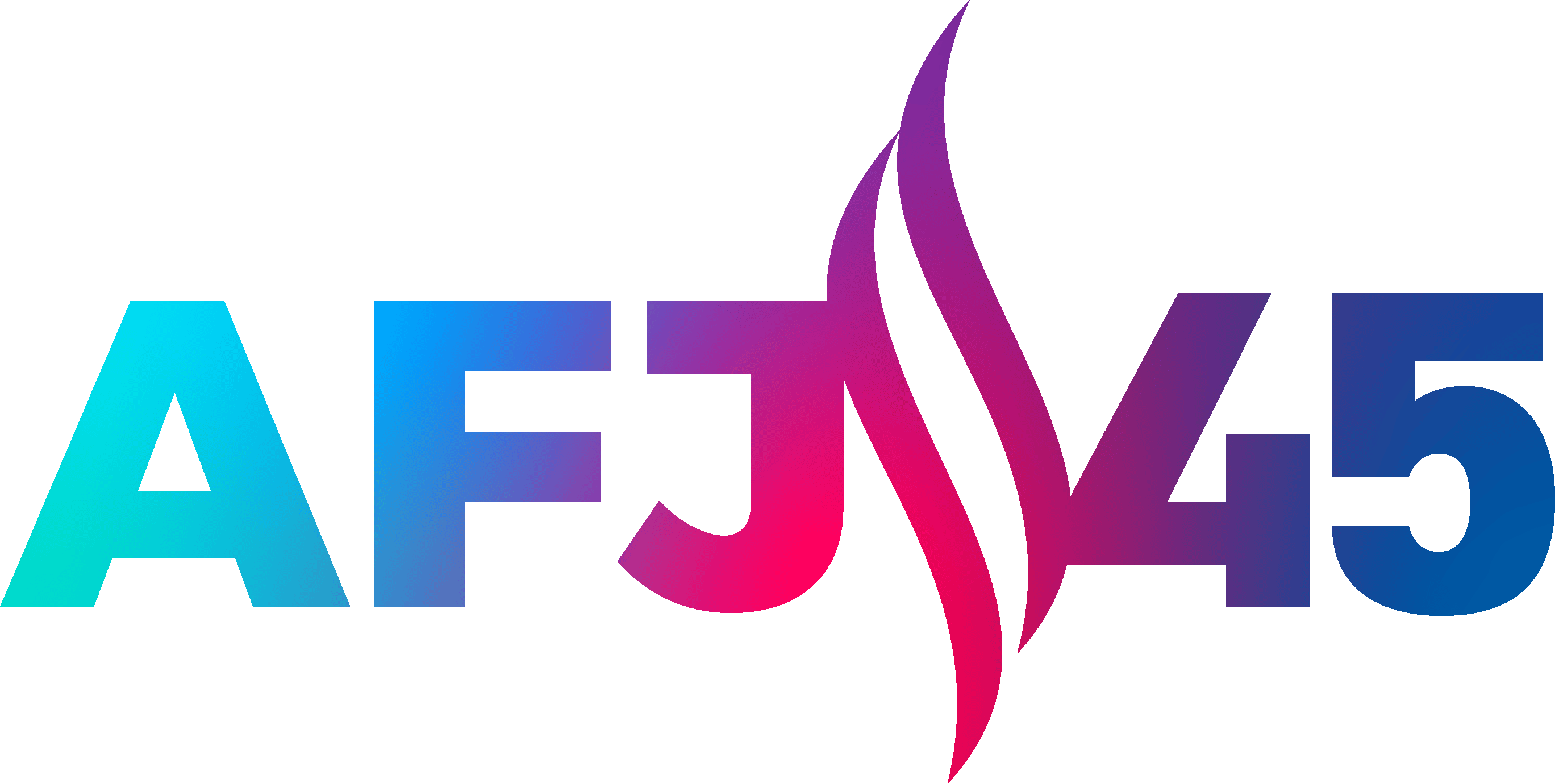IRS Issues New Donor Disclosure Rules
The slow march to clarity on donor disclosure rules for 501(c) organizations has advanced another step in reaction to a Montana District Court ruling in late July.
In September 2018, the Internal Revenue Service (IRS) issued Rev. Proc. 2018, stating that 501(c) organizations—except for 501(c)(3)s—do not need to disclose to the IRS on Form 990 Schedule B the names of donors who contribute more than $5,000. Donor information on Schedule B is not currently subject to public disclosure requirements and the identifying information was only required to be submitted to the IRS. However, the 2018 ruling required organizations to provide the names and addresses of large donors only upon IRS request, rather than as a regular part of filing their annual returns.
The IRS’s move was criticized by state officials who no longer had access to the information provided on the Form 990 and for the IRS’s failure to seek public comment on whether the change in collecting donor information was warranted. Montana Governor Steve Bullock (D) sued the IRS for failure to follow the notice and comment provisions of the Administrative Procedures Act, and New Jersey subsequently joined the litigation. In late July, Judge Brian Morris of the U.S. District Court for Montana agreed that the IRS had failed to get the public input required by federal law, and ordered Rev. Proc. 2018 set aside. Since then, there has been confusion among impacted organizations about whether to rely on the instructions of Schedule B or to follow the lead of Judge Morris’ ruling.
On September 6 of this year, the IRS cleared the air with a proposed set of rules that includes all elements of the 2018 ruling. Notably, it explicitly states that 501(c)(3) and 527 organizations must continue to report the names of large donors to the IRS. The IRS also clarified in Notice 2019-47 that it would waive penalties for nonprofits that did not report donor names for tax year 2018 through the date of the court ruling on July 30, 2019.
It’s important to underscore that the issue here was a small, technical change— the large donor information at issue was never publicly available, and only visible to the IRS. It is also far from clear whether the IRS ever used the Schedule B donor information for any enforcement purposes. The fate of this non-public large donor disclosure requirement proceeds to its next phase, with the IRS giving interested parties 90 days to weigh in on the matter via public comment. Stay tuned – we’ll cover the latest updates and keep you informed as these rules change.
